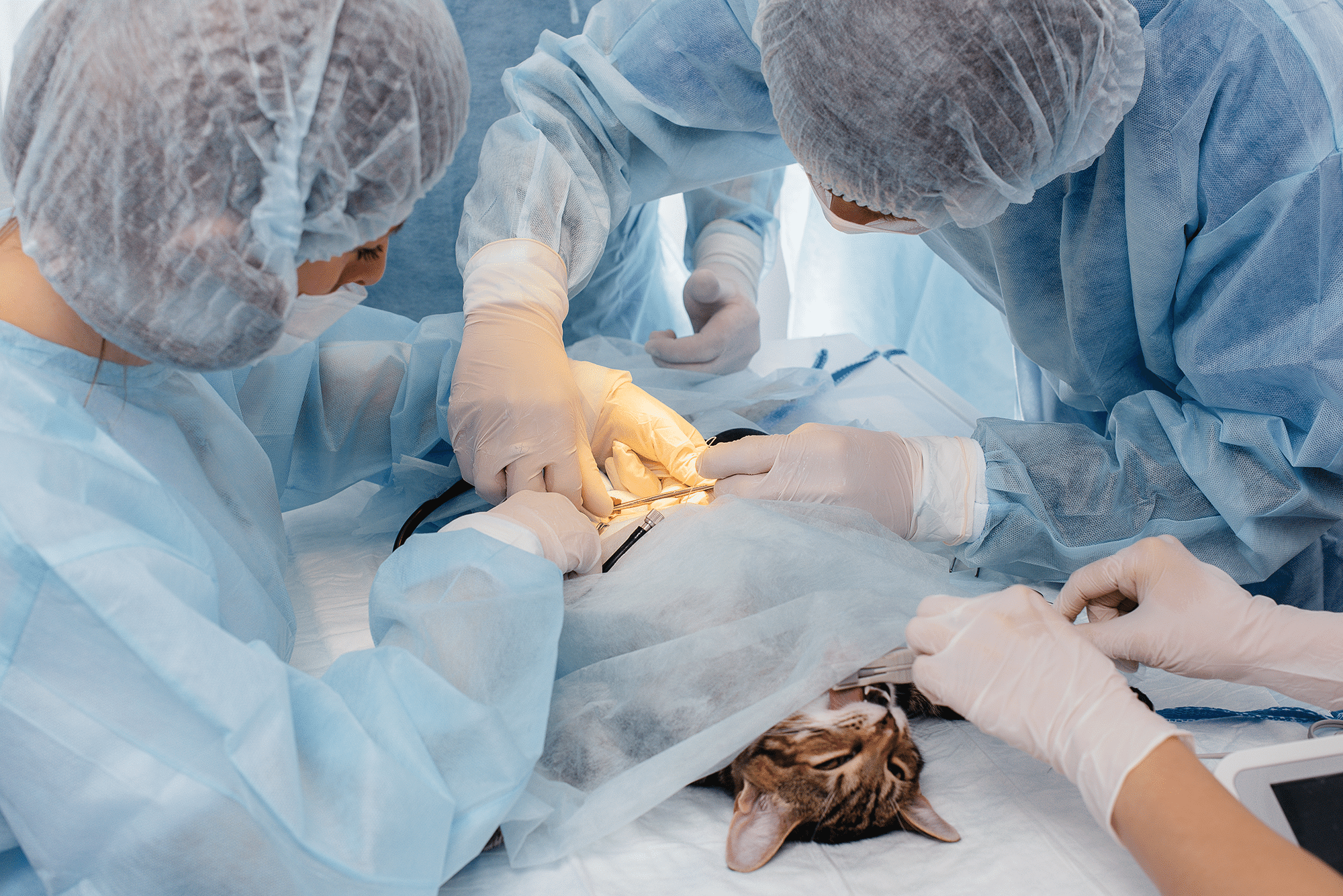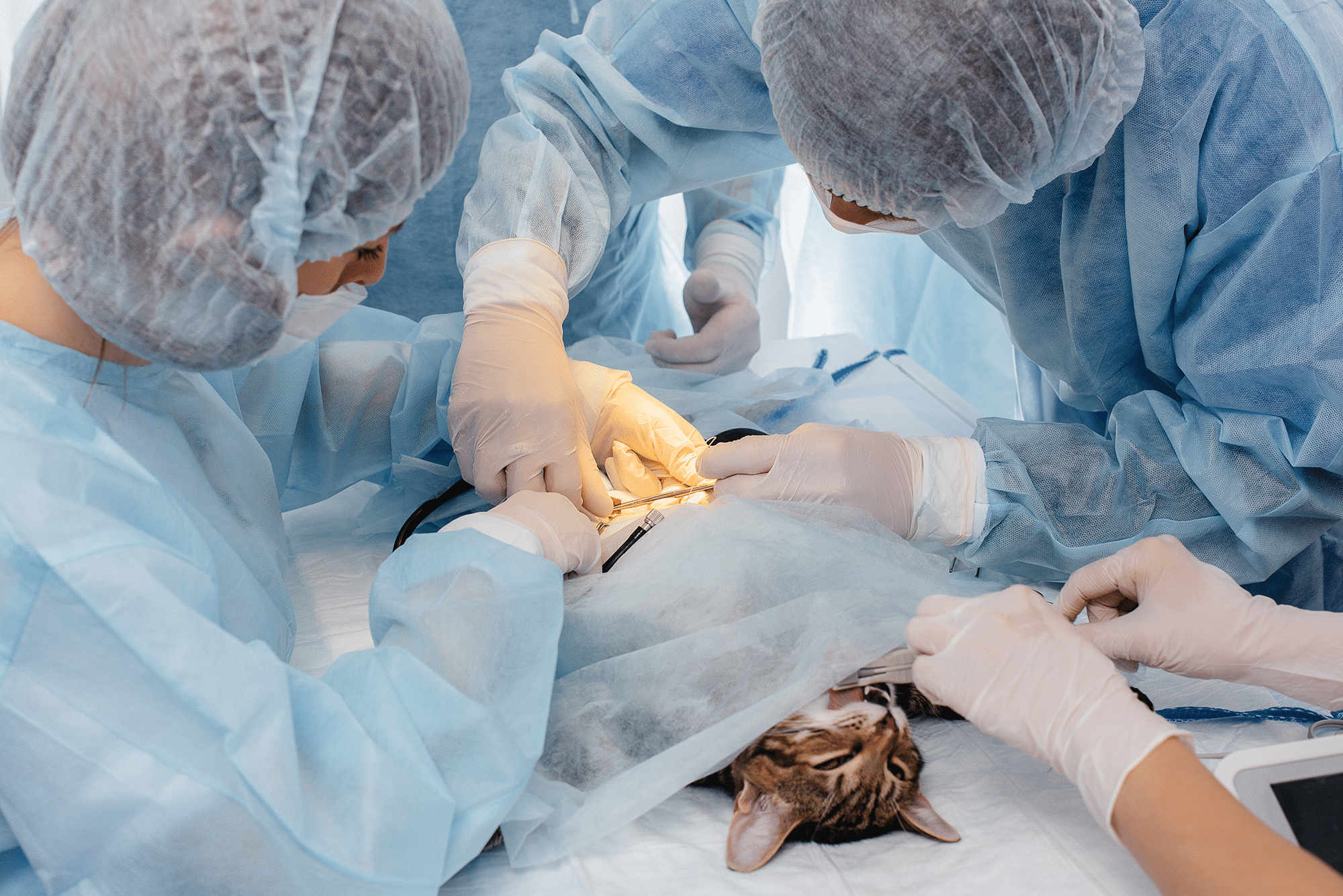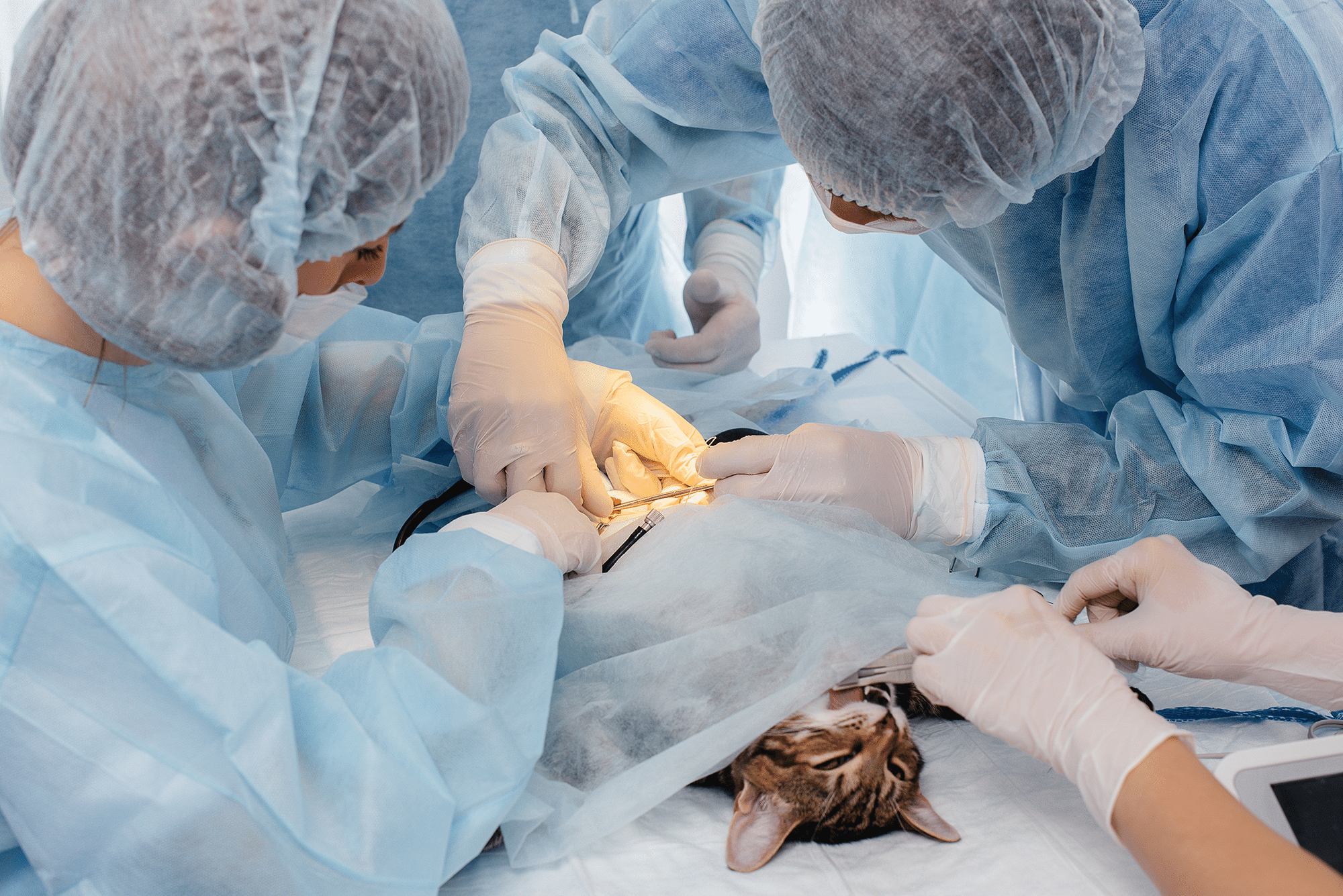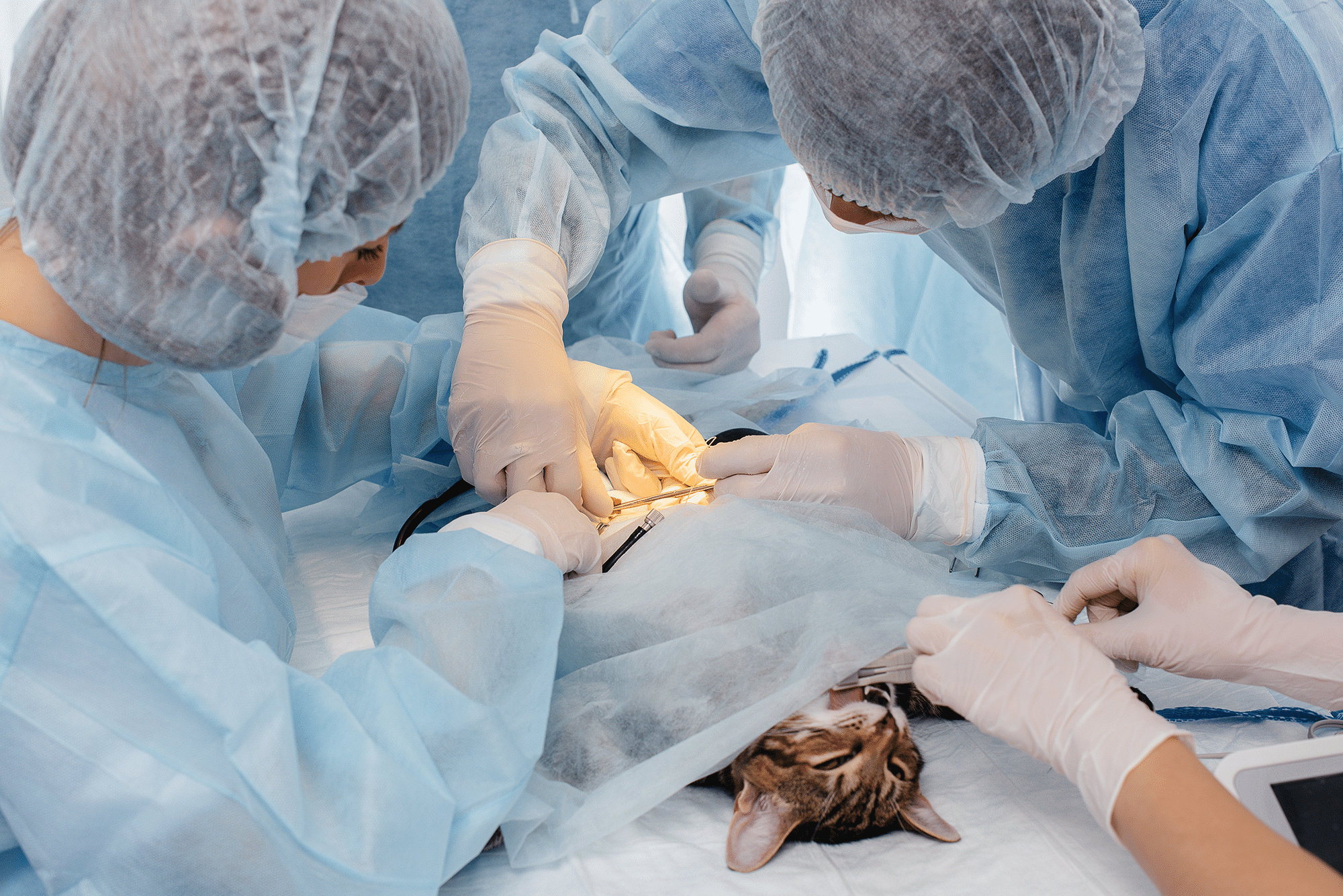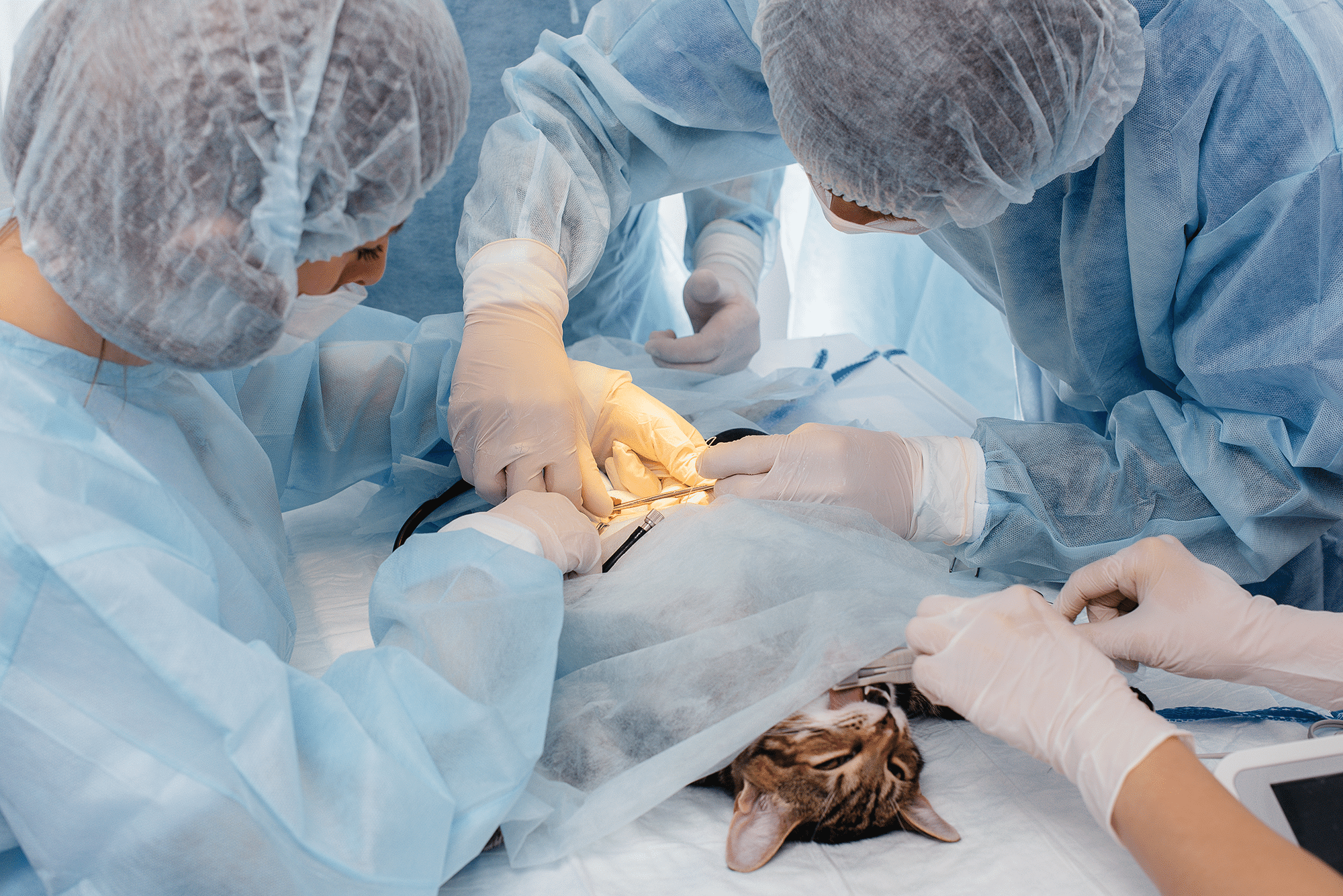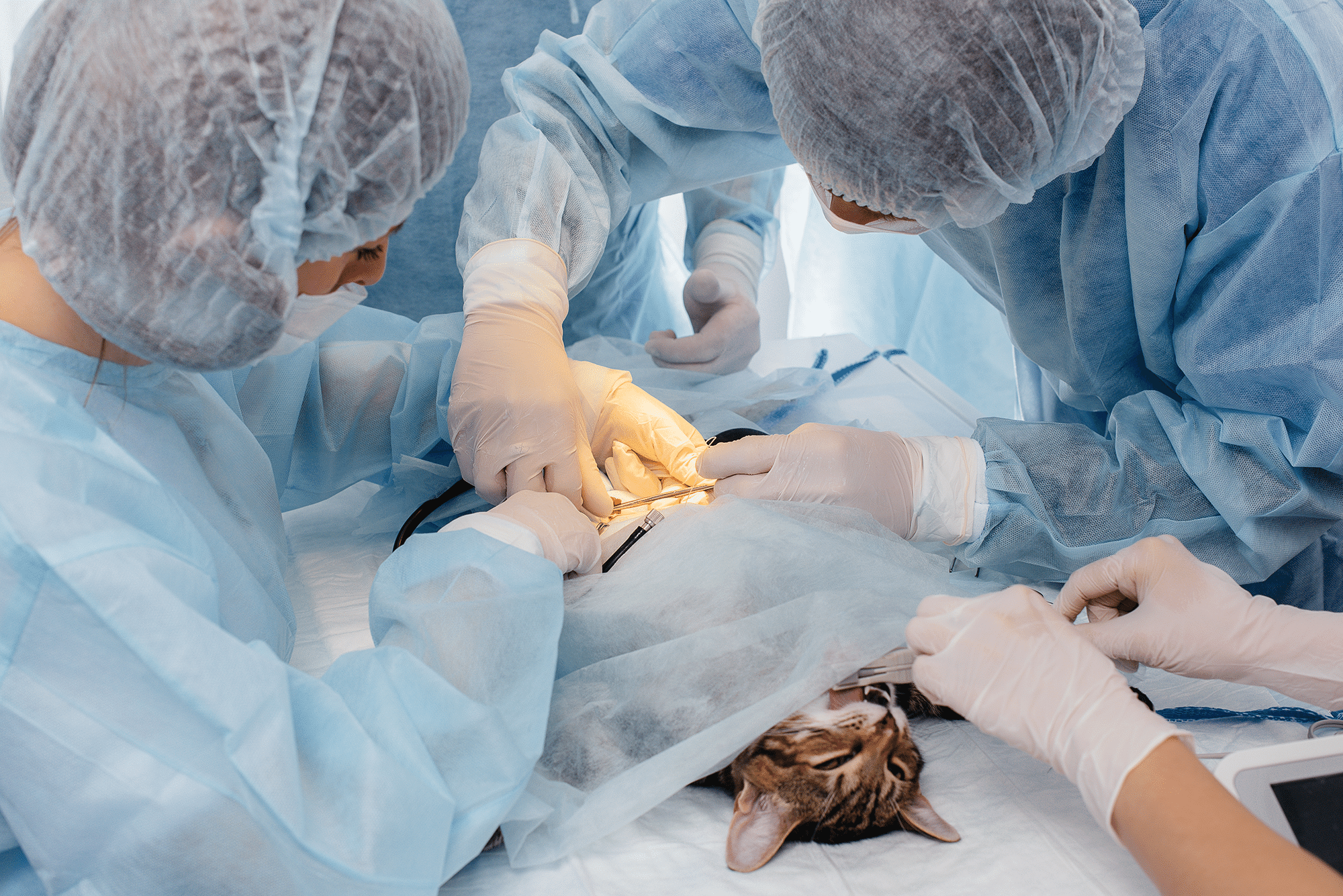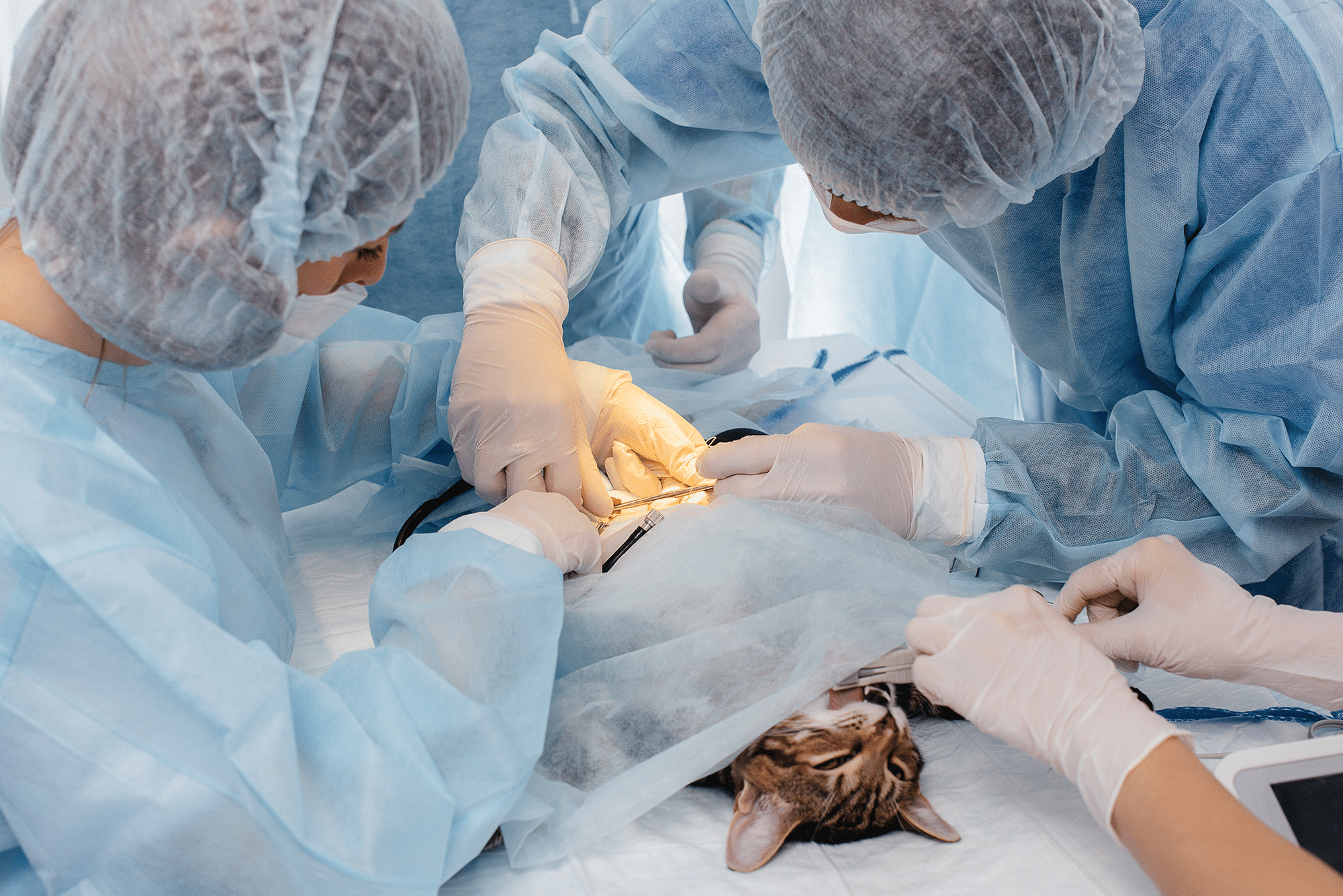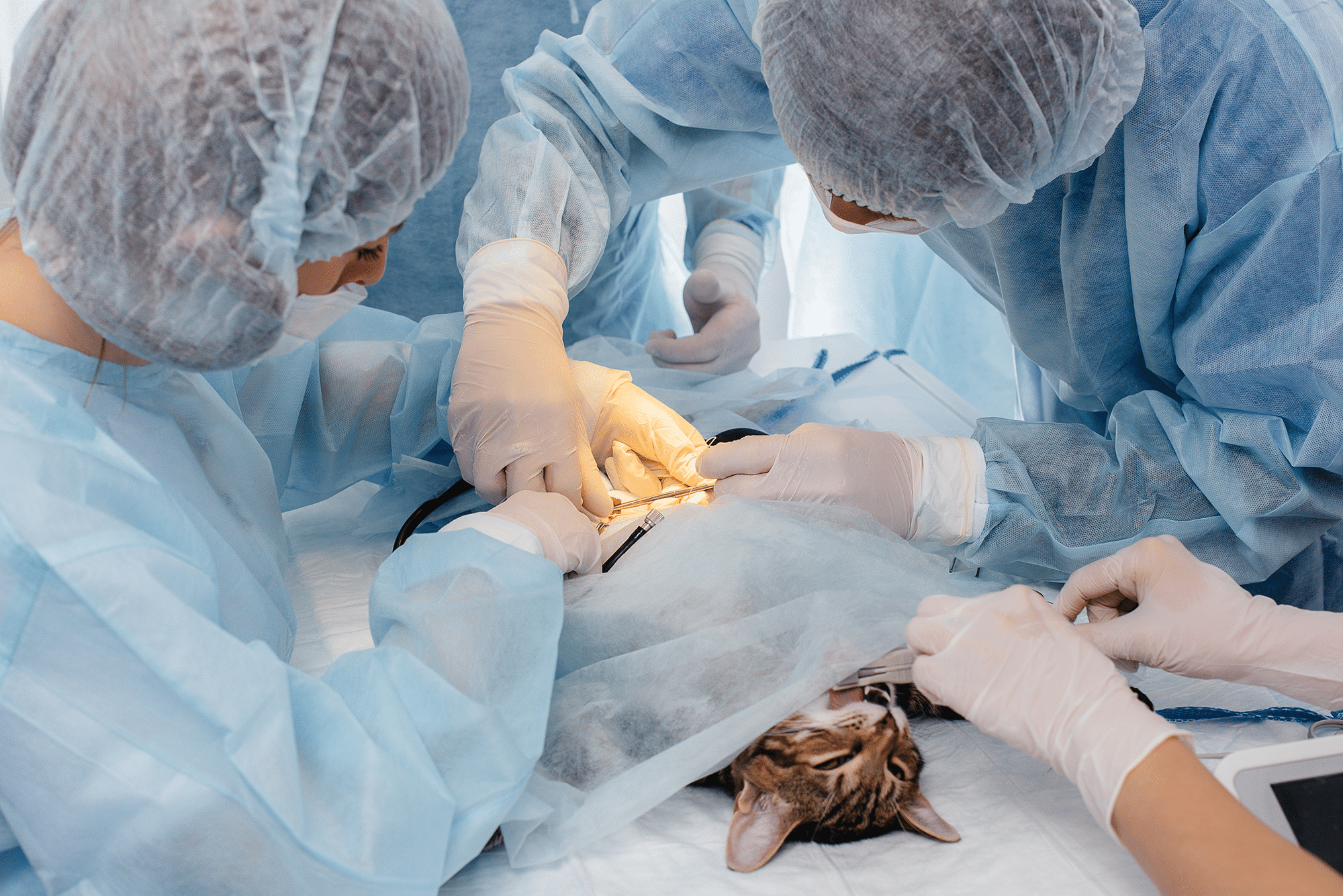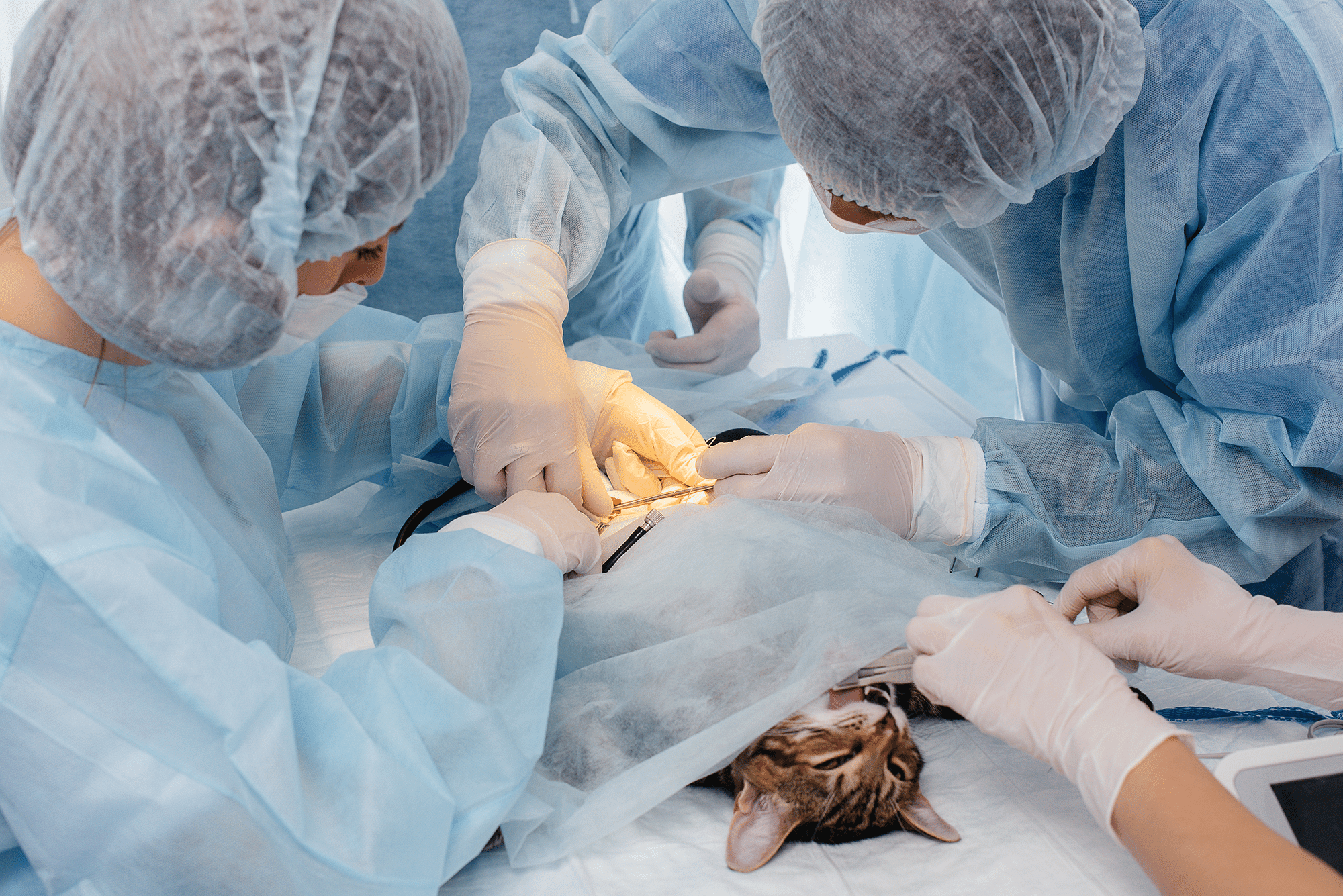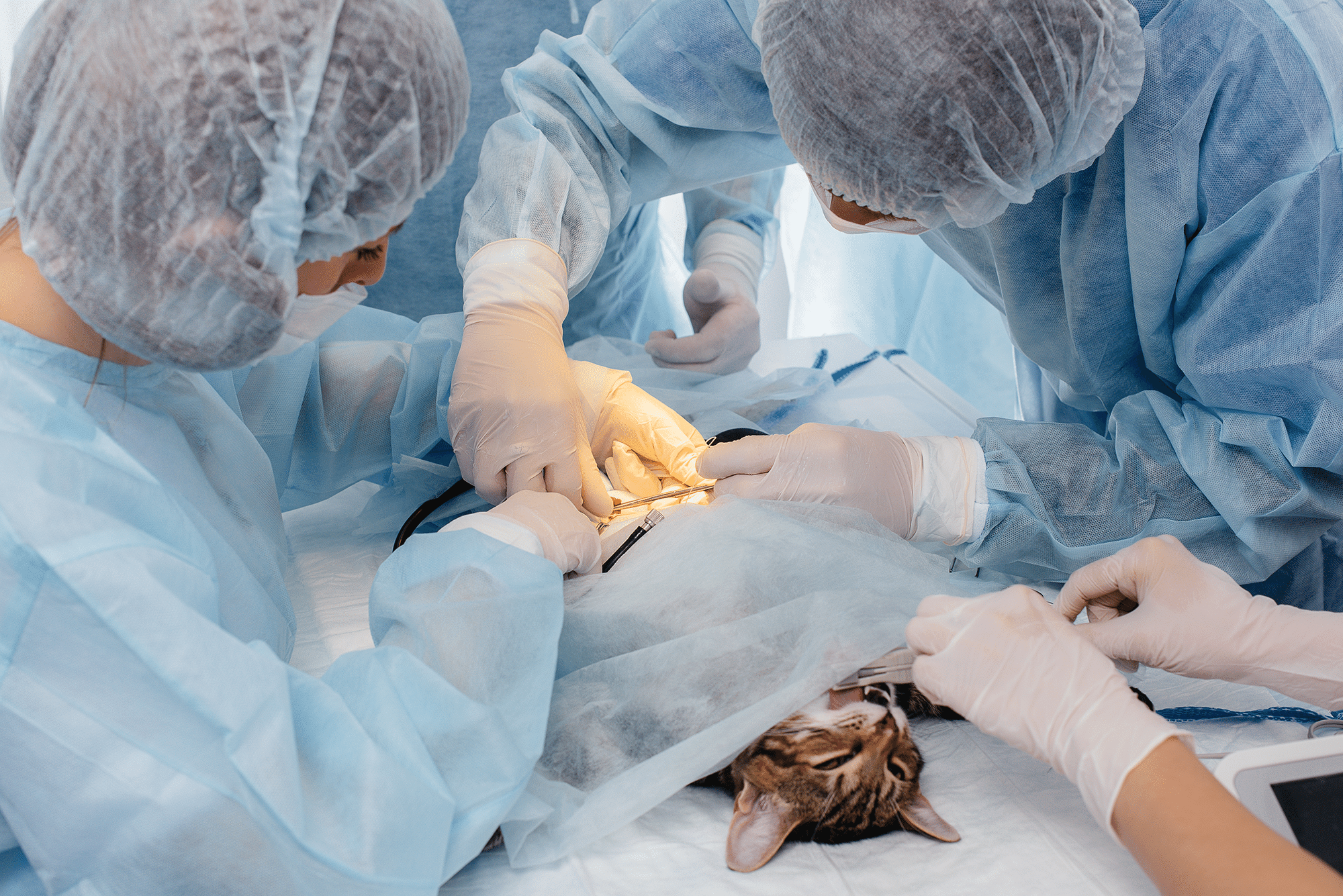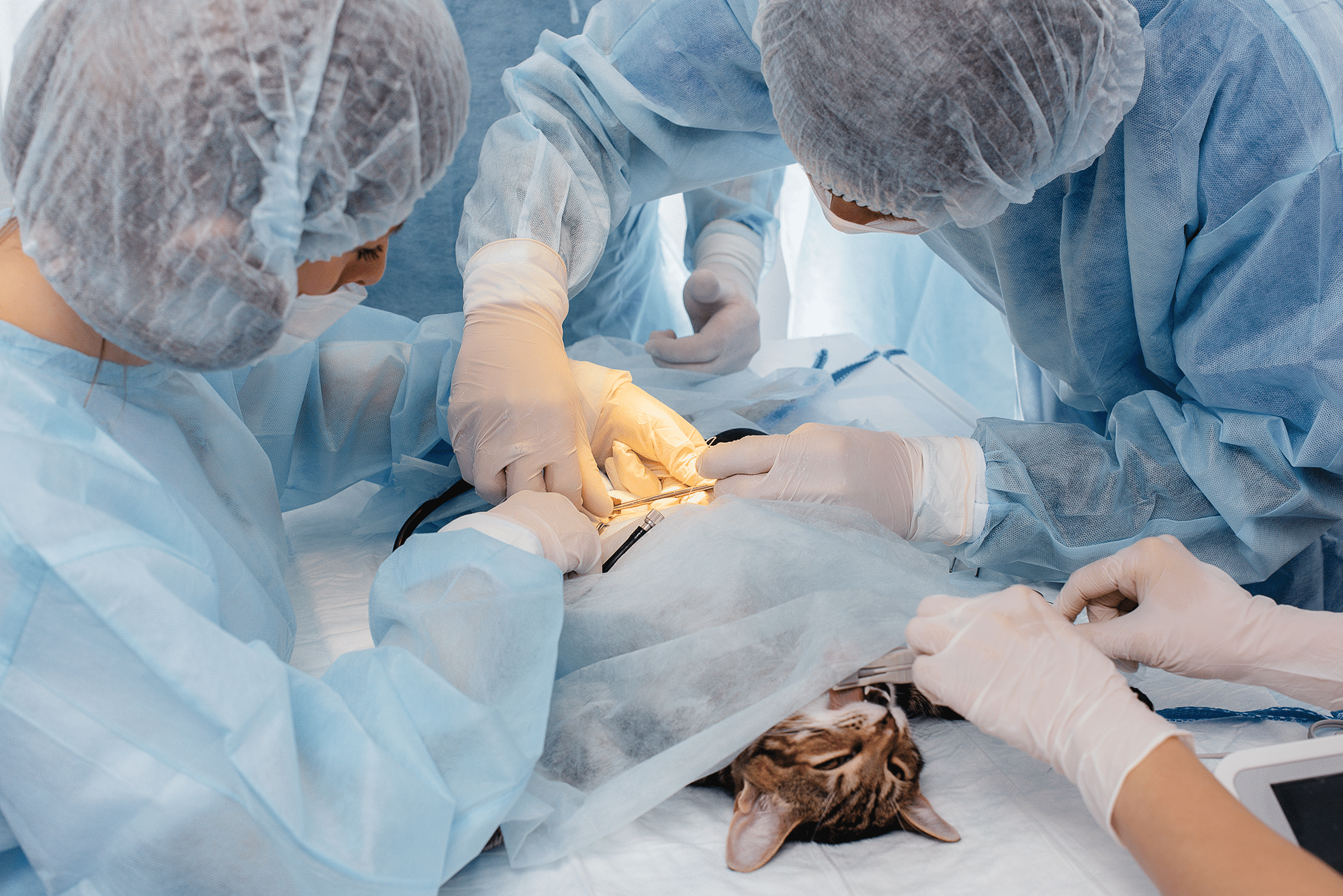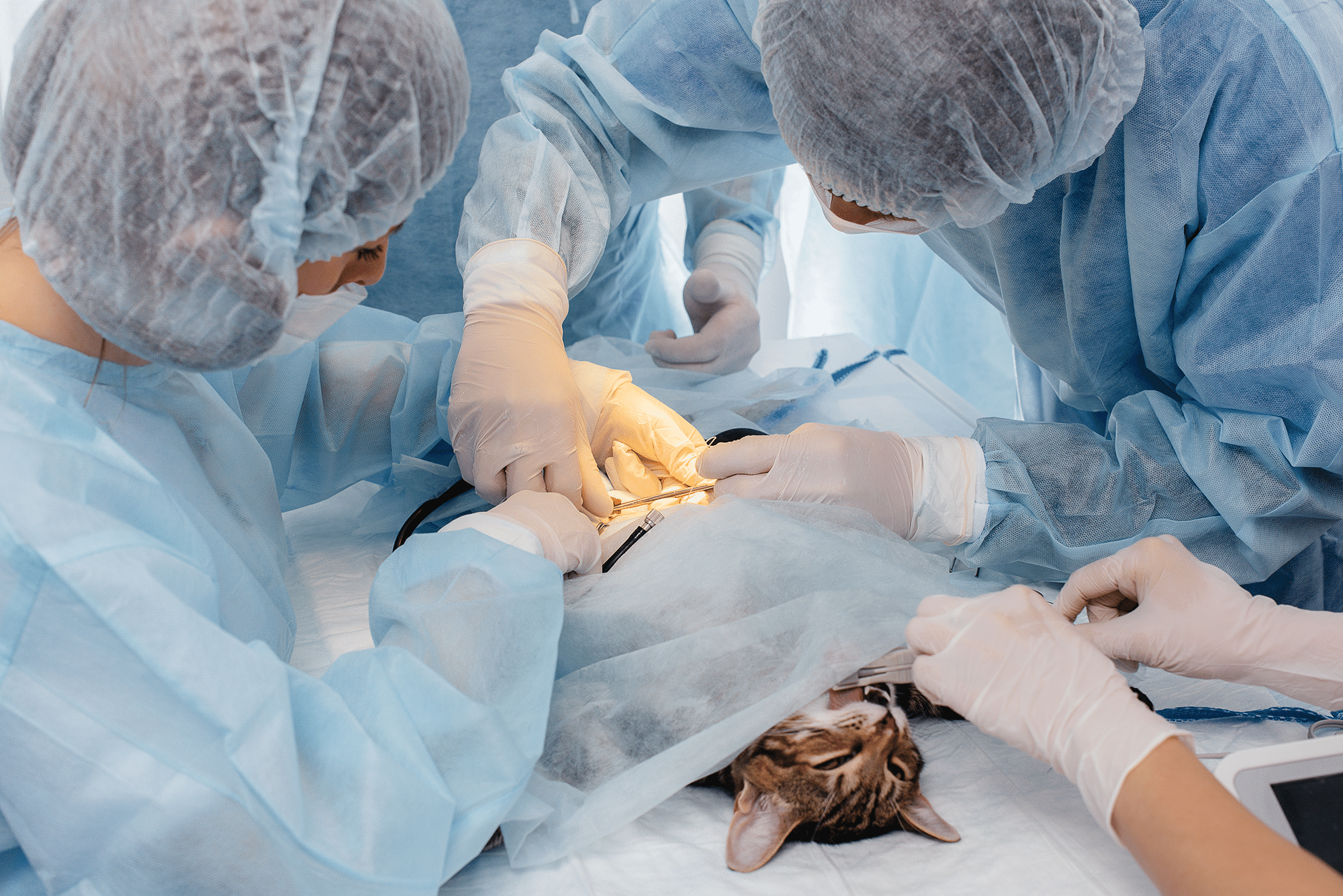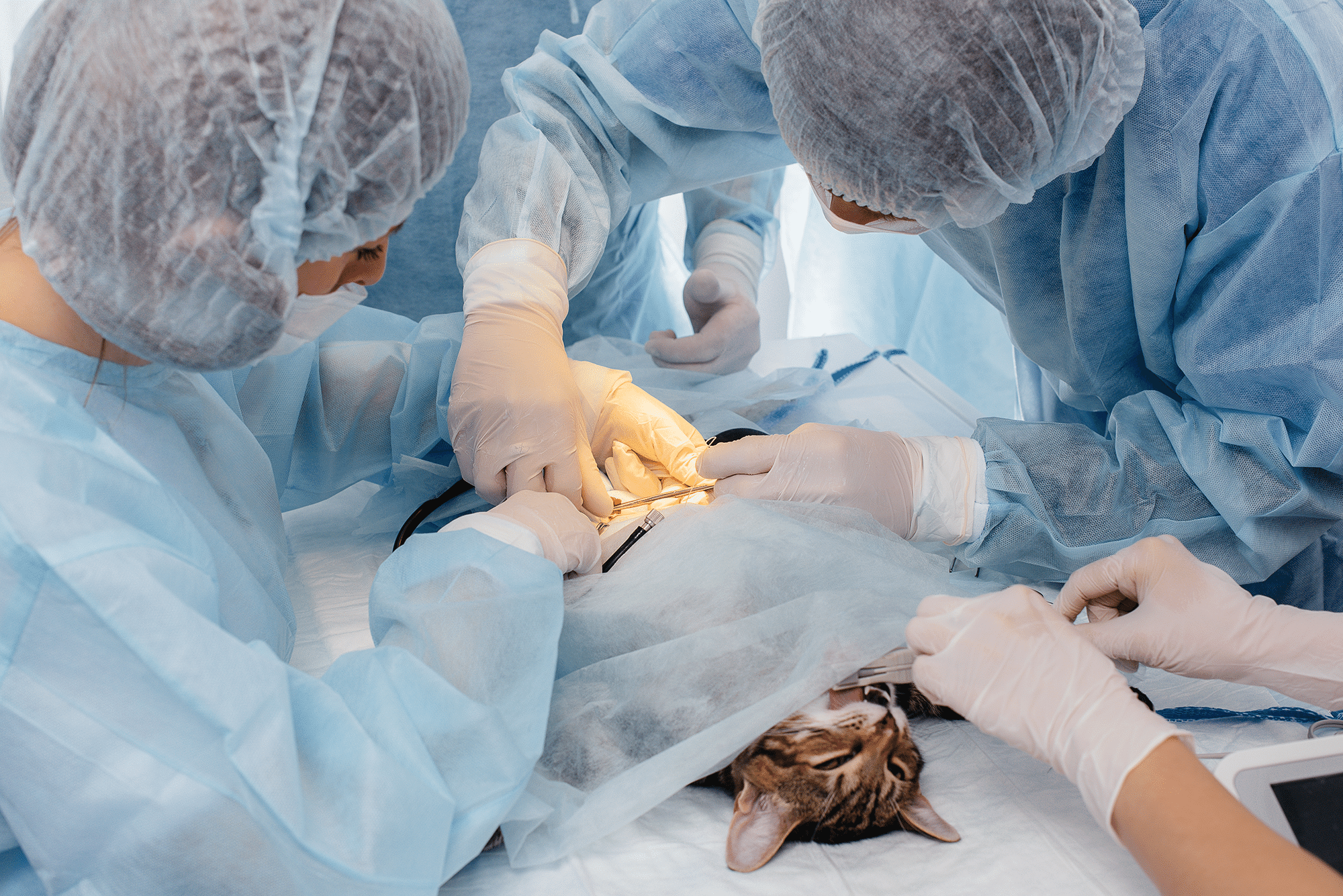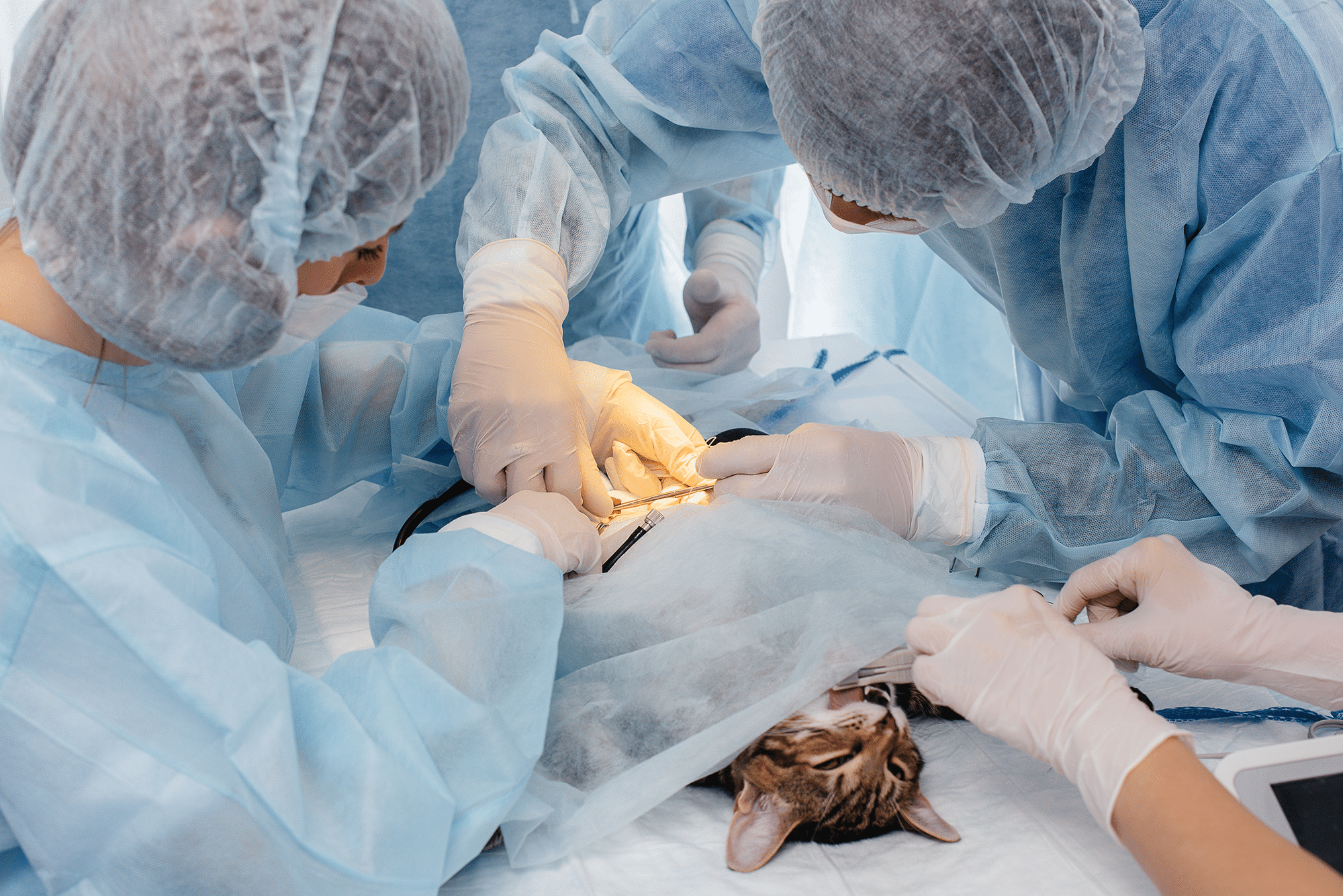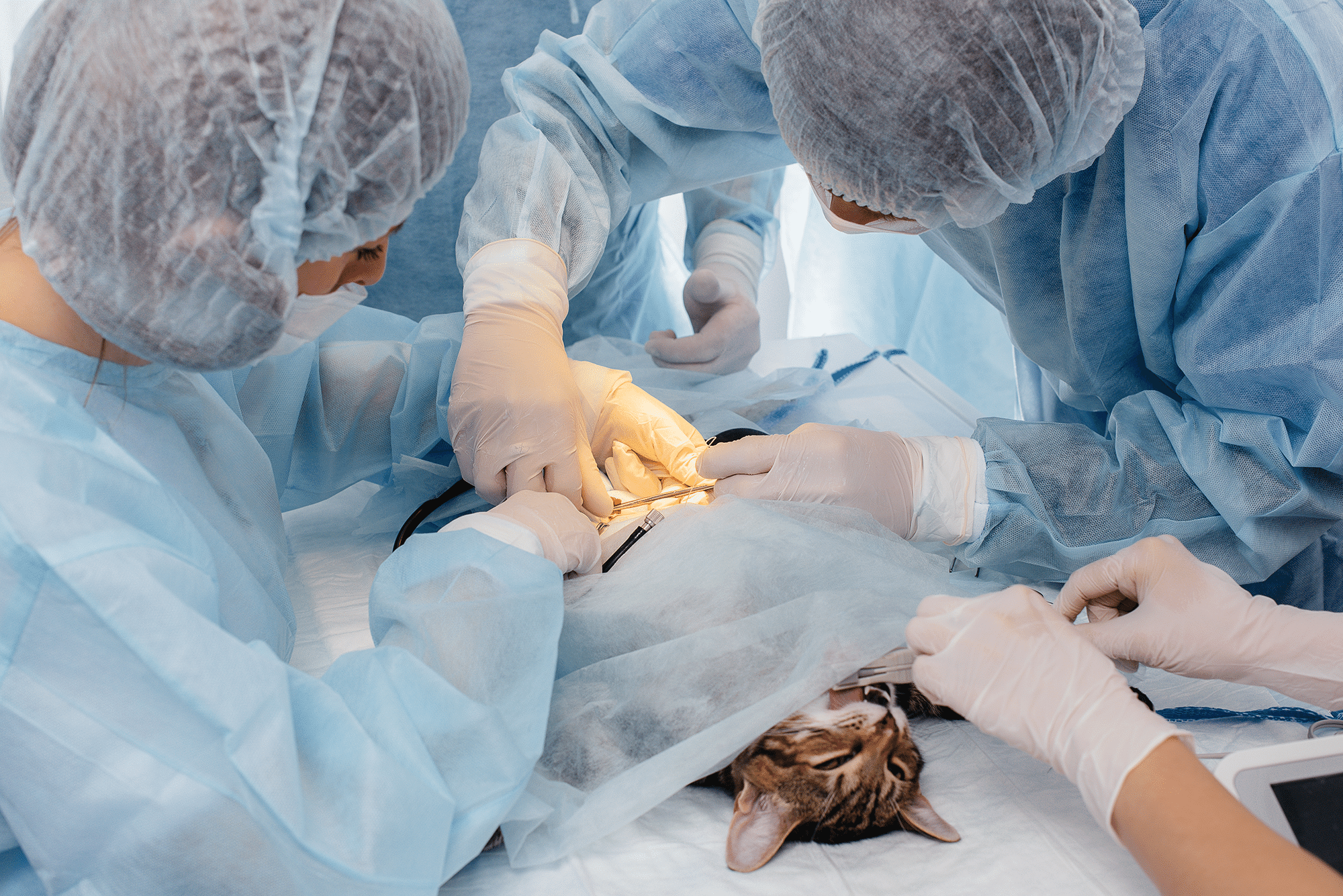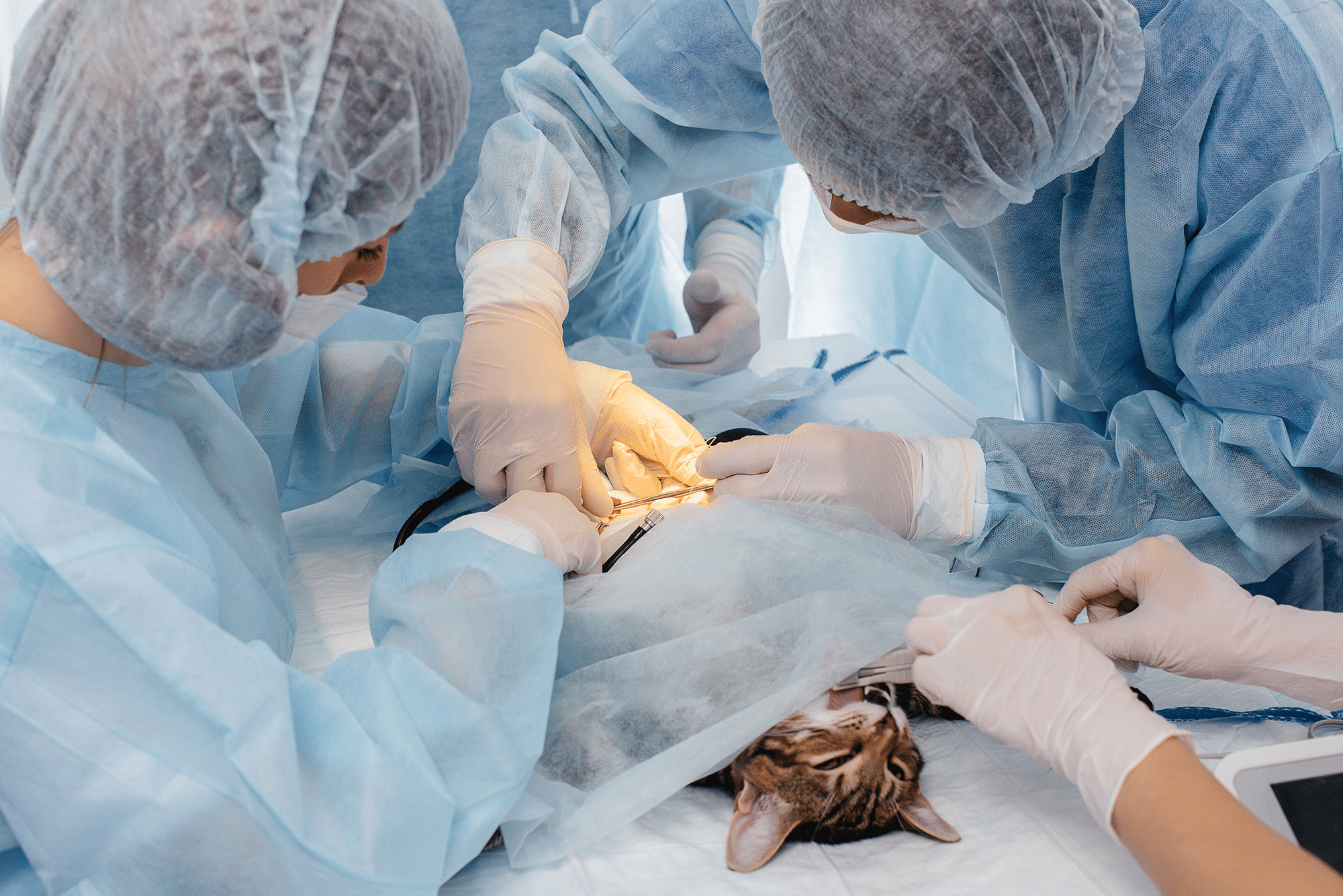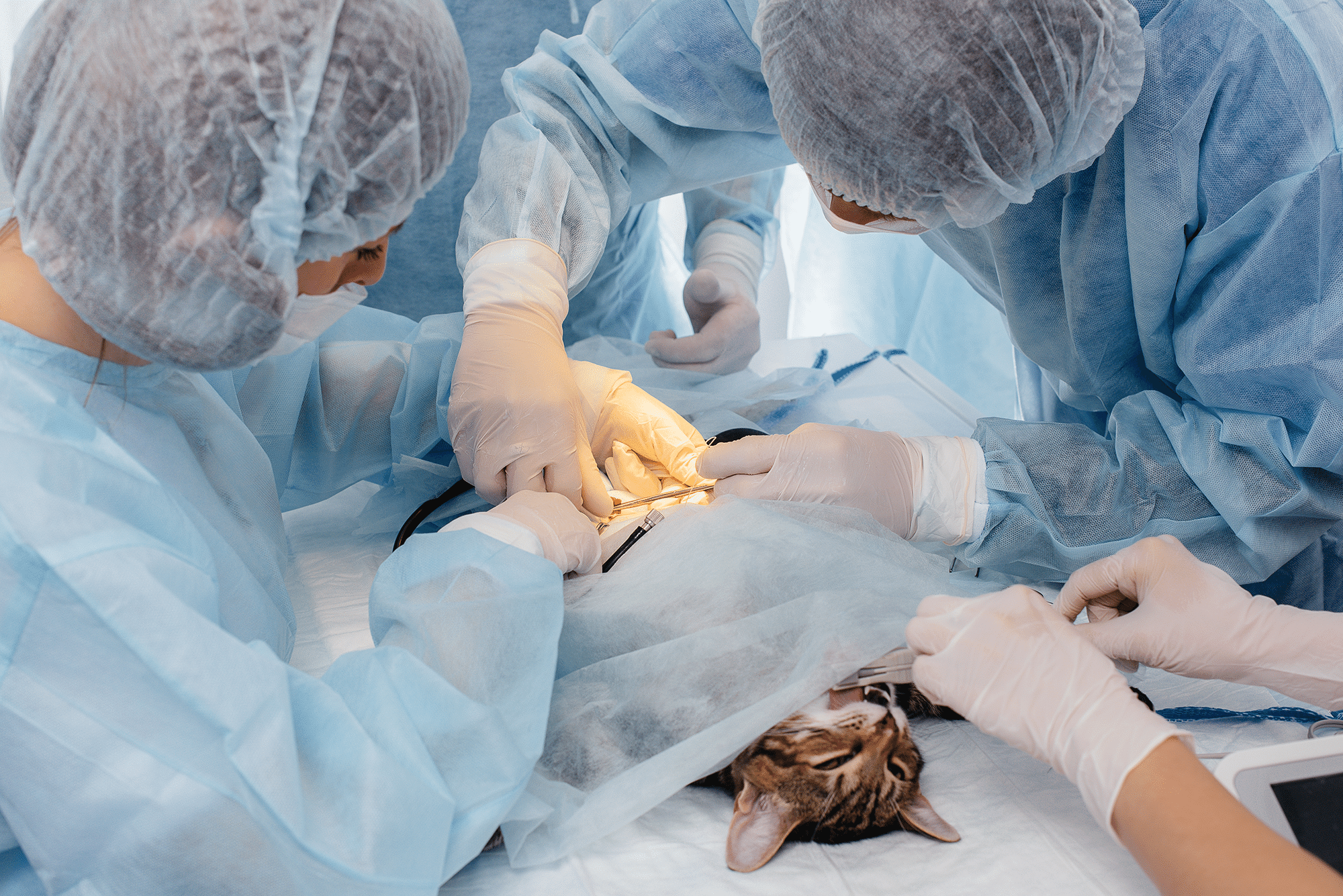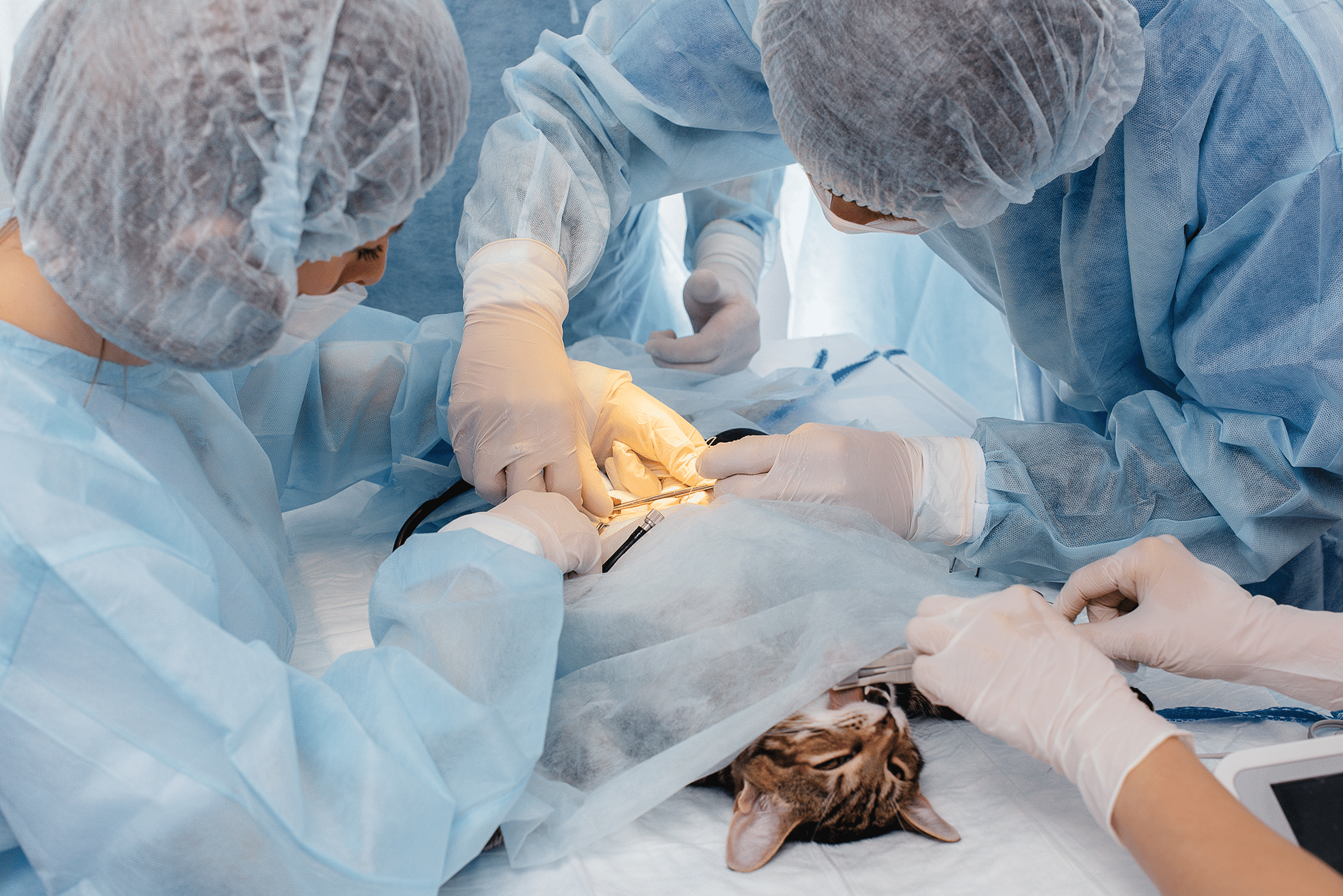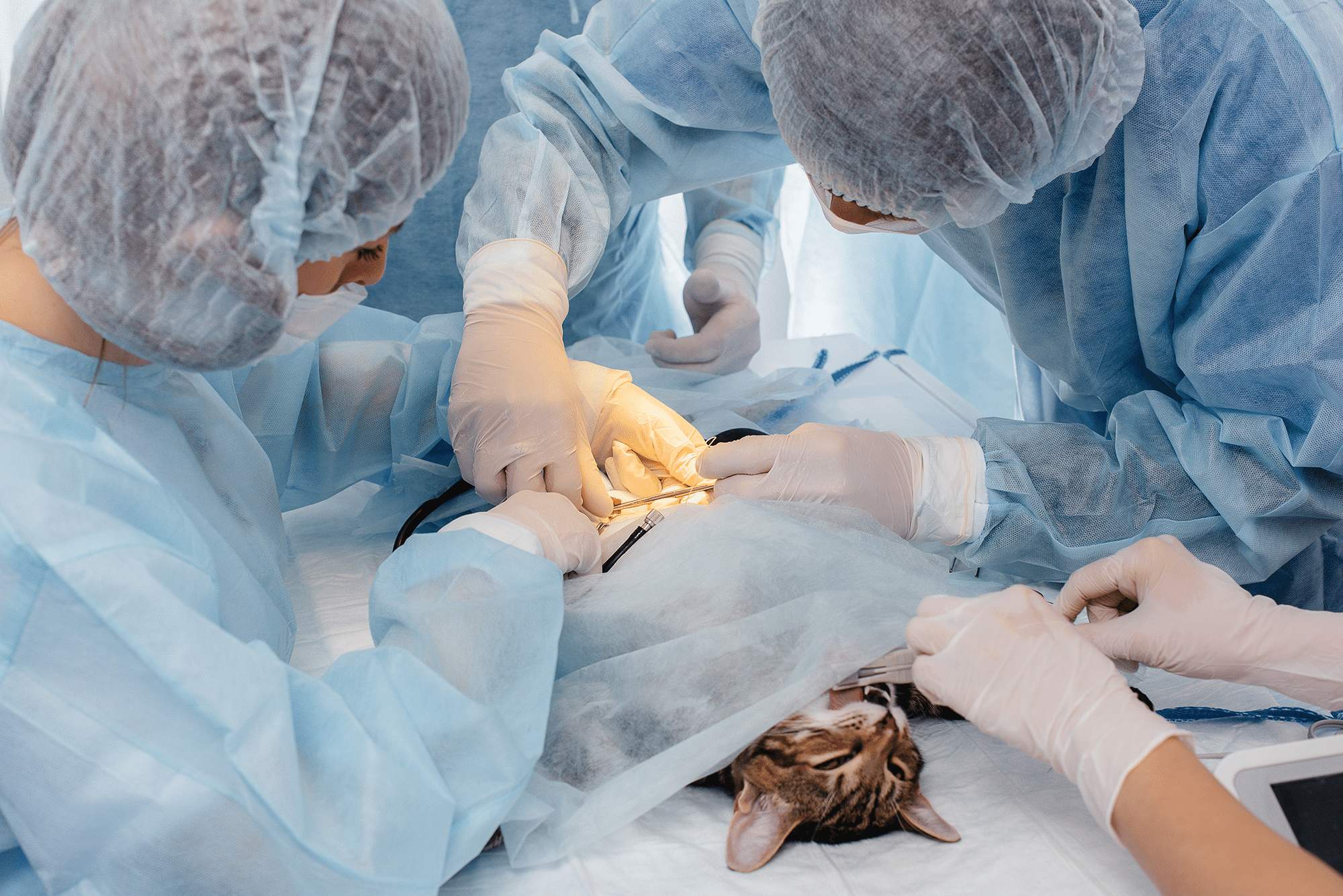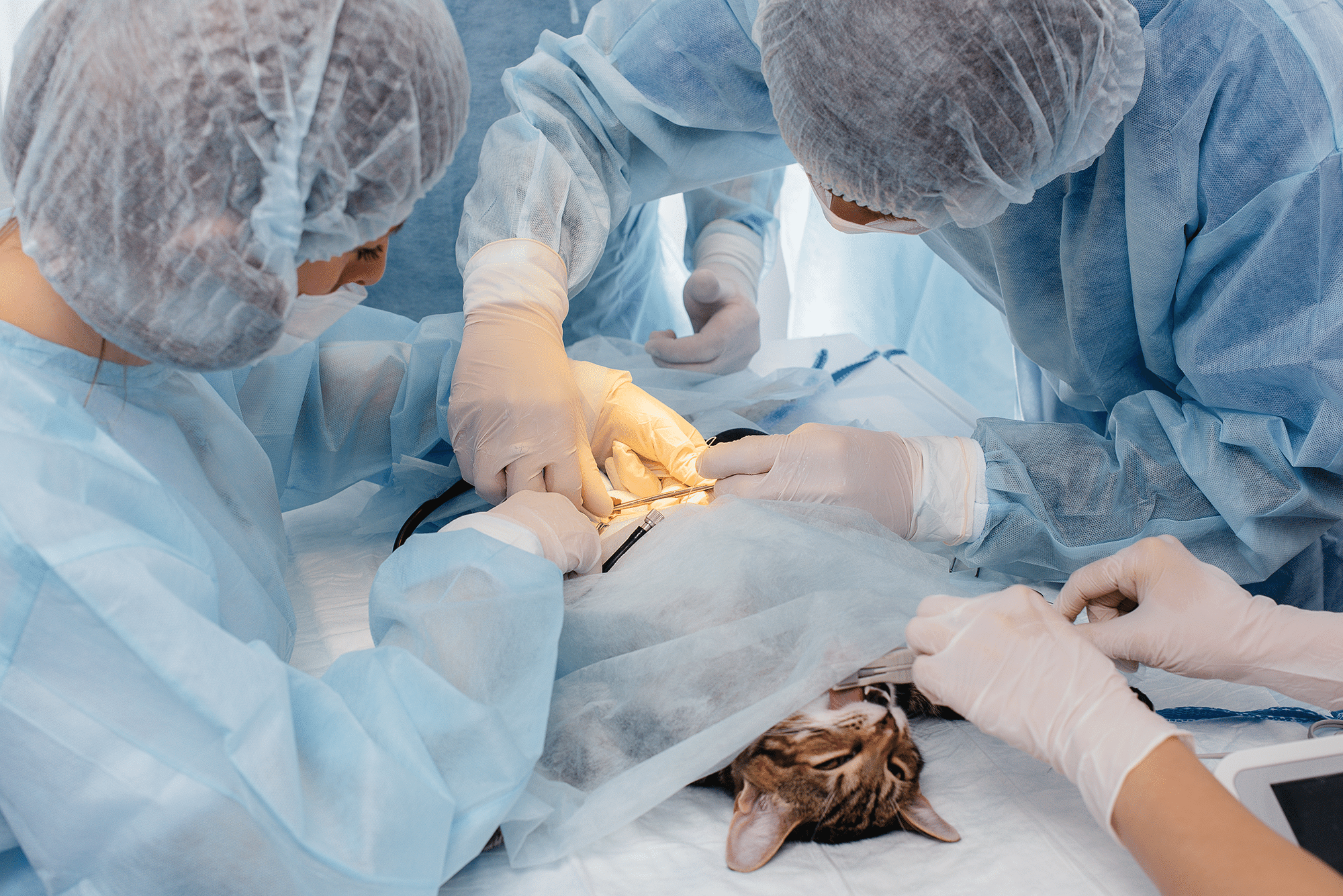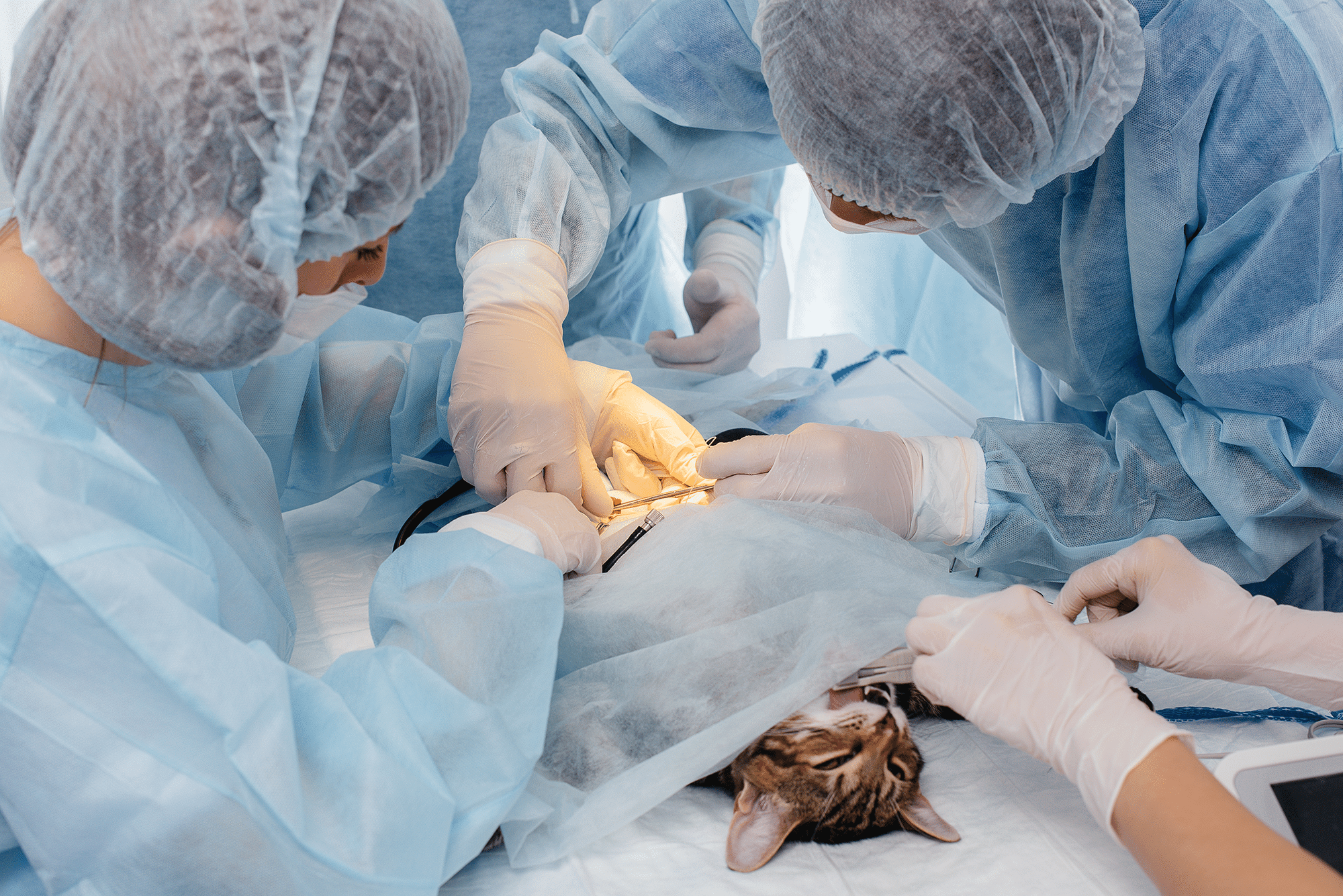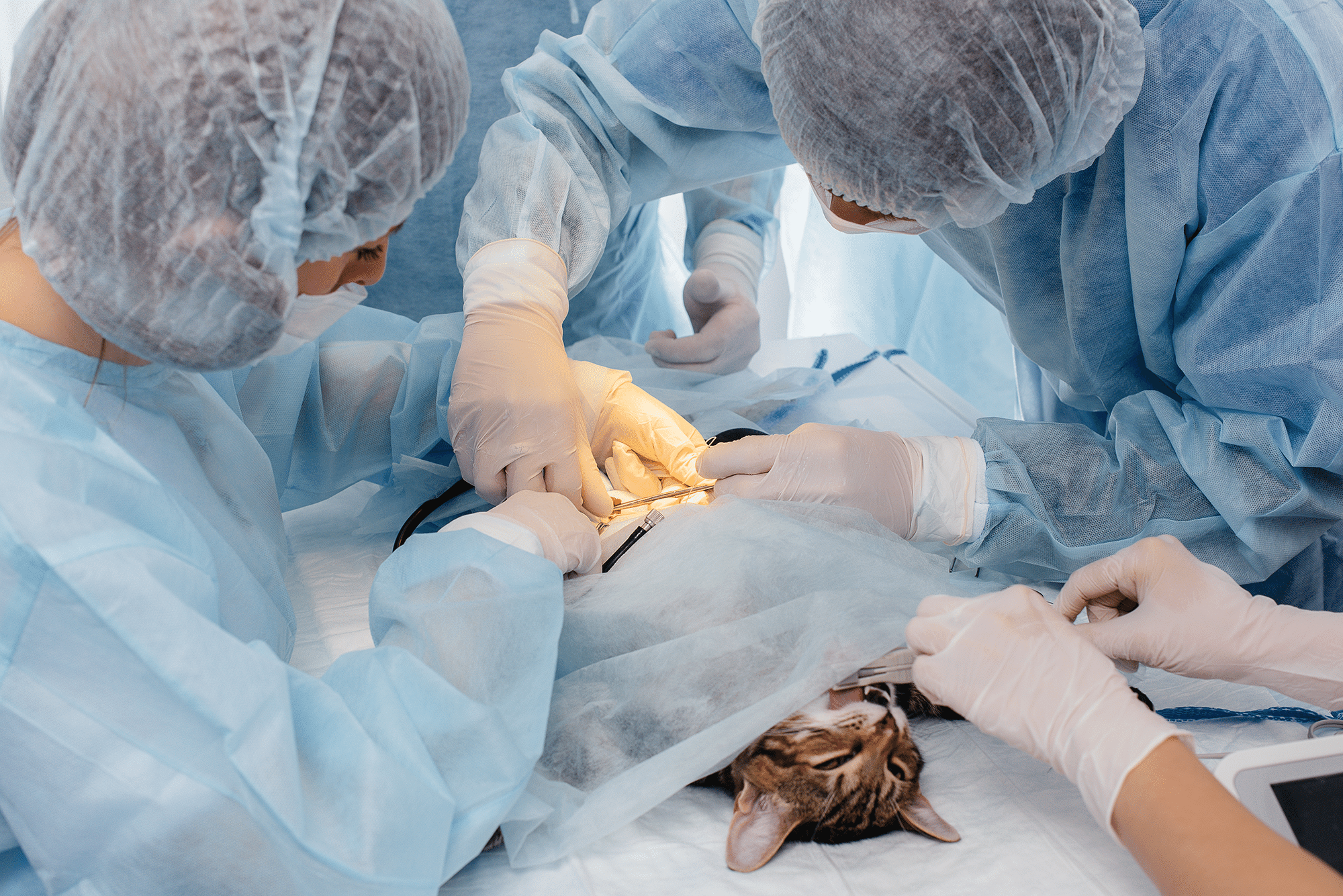Veterinary practices face unique risks when handling, storing, and administering controlled drugs. From Schedule 2 opi…
Veterinary Surgery Public Liability Insurance: Essential Protection for Animal Care Practices
Veterinary surgeries face unique risks every day, from handling unpredictable animals to managing concerned pet owners in emotionally charged situations. Public liability insurance serves as a critical safety net, protecting veterinary practices from third-party claims that could otherwise result in devastating financial consequences.
Understanding Public Liability Insurance for Veterinary Practices
Public liability insurance for veterinary surgeries provides coverage when your practice is held legally responsible for injury to third parties or damage to their property. This specialized insurance recognizes the unique environment of veterinary practices, where interactions with animals, pet owners, and the general public create specific liability exposures that standard business insurance may not adequately address.
The coverage extends beyond the physical premises of your surgery, protecting your practice during home visits, emergency call-outs, and when providing services at external locations such as farms, stables, or pet shows. This comprehensive approach ensures your veterinary practice remains protected wherever professional services are delivered.
Common Public Liability Scenarios in Veterinary Practice
Veterinary surgeries encounter numerous situations that could trigger public liability claims. Animal-related incidents represent the most obvious risk category, including situations where a patient animal injures another pet or person while under your care. Even with proper restraint procedures, animals can behave unpredictably, potentially causing harm to other clients or their pets in waiting areas.
Slip and fall accidents frequently occur in veterinary environments due to wet floors from cleaning protocols, spilled medications, or nervous animals having accidents. Pet owners visiting your surgery may suffer injuries from these hazards, leading to compensation claims against your practice.
Equipment-related incidents pose another significant risk. Veterinary practices utilize specialized equipment that, if it malfunctions or is improperly maintained, could cause injury to clients or damage to their property. Additionally, the storage and handling of veterinary medications and chemicals create potential liability if these substances cause harm to third parties.
Professional service disputes can escalate into public liability claims when pet owners believe negligent treatment resulted in additional veterinary costs, loss of income, or emotional distress. While professional indemnity insurance typically covers clinical negligence, public liability insurance may apply when the claim involves broader circumstances affecting third parties.
Coverage Scope and Limitations
Veterinary surgery public liability insurance typically covers legal costs associated with defending claims, compensation payments awarded by courts, and settlement costs agreed upon with claimants. The coverage usually includes both bodily injury and property damage claims, with policy limits commonly ranging from £1 million to £6 million per incident.
Most policies extend coverage to include products liability, protecting your practice if veterinary products sold to clients cause harm or damage. This aspect is particularly relevant for practices that dispense medications, sell pet food, or provide veterinary equipment to clients.
However, important exclusions apply to veterinary public liability policies. Professional negligence claims typically require separate professional indemnity coverage. Intentional acts, criminal activities, and claims arising from services outside your professional scope are generally excluded. Additionally, most policies exclude claims related to employment practices, which require separate employers' liability coverage.
Risk Assessment and Prevention Strategies
Effective risk management significantly reduces public liability exposure for veterinary practices. Implementing comprehensive health and safety protocols creates a safer environment for clients, staff, and animals. Regular safety audits should identify potential hazards such as worn flooring, inadequate lighting, or improperly stored chemicals.
Staff training plays a crucial role in liability prevention. Ensuring all team members understand proper animal handling techniques, emergency procedures, and client communication protocols reduces the likelihood of incidents that could trigger claims. Regular refresher training keeps safety practices current and effective.
Maintaining detailed records of all client interactions, treatments provided, and any incidents that occur on your premises provides valuable documentation if claims arise. These records can demonstrate your practice's commitment to professional standards and help defend against unfounded allegations.
Choosing the Right Coverage Level
Determining appropriate coverage limits requires careful consideration of your practice's specific risk profile. Factors influencing coverage needs include the size of your practice, types of animals treated, services provided, and geographic location. Large animal practices treating horses or livestock may require higher coverage limits due to the potential for more severe injuries and property damage.
Urban veterinary practices serving densely populated areas may face higher claim frequencies due to increased client volume and foot traffic. Practices offering specialized services such as surgery, emergency care, or exotic animal treatment typically require enhanced coverage reflecting their elevated risk profiles.
Consider the potential costs associated with serious incidents when selecting coverage limits. Legal defense costs alone can reach tens of thousands of pounds, while compensation awards for serious injuries may exceed £100,000. Adequate coverage ensures your practice can handle these financial obligations without compromising operations.
Integration with Other Insurance Policies
Public liability insurance works alongside other essential coverages to provide comprehensive protection for veterinary practices. Professional indemnity insurance addresses clinical negligence claims, while employers' liability insurance covers staff-related incidents. Property insurance protects your premises and equipment, and business interruption coverage maintains income during operational disruptions.
Understanding how these different policies interact prevents coverage gaps and ensures claims are handled by the appropriate insurer. Some insurers offer combined policies that integrate multiple coverages, potentially providing cost savings and simplified administration.
Claims Process and Management
When public liability incidents occur, prompt and proper claim handling protects your practice's interests. Immediately document the incident, including photographs of the scene, witness statements, and detailed descriptions of what occurred. Notify your insurer as soon as possible, even if you believe the incident may not result in a claim.
Avoid admitting fault or making statements about liability, as these could prejudice your position if formal claims develop. Instead, focus on providing factual information about what happened and cooperating fully with your insurer's investigation.
Your insurance provider will typically appoint experienced legal representatives to handle the claim, working to achieve the best possible outcome for your practice. This professional support proves invaluable in navigating complex legal proceedings and negotiating settlements.
Cost Factors and Premium Considerations
Veterinary surgery public liability insurance premiums reflect various risk factors specific to your practice. Location influences costs, with urban practices often paying higher premiums due to increased claim frequencies. The size of your practice, measured by annual turnover or number of veterinarians, directly impacts premium calculations.
Claims history significantly affects pricing, with practices maintaining clean records often qualifying for reduced premiums. Conversely, previous claims may result in higher costs or coverage restrictions. Implementing effective risk management programs can help maintain favorable pricing over time.
The types of animals treated and services provided also influence premiums. Practices specializing in large animals, exotic species, or high-risk procedures typically face higher insurance costs reflecting their elevated liability exposure.
Regulatory Compliance and Professional Standards
The Royal College of Veterinary Surgeons (RCVS) requires veterinary practices to maintain appropriate insurance coverage, including public liability protection. Compliance with these professional standards ensures your practice meets regulatory requirements while protecting against financial risks.
Regular review of your insurance arrangements ensures continued compliance as your practice evolves. Changes in services offered, premises occupied, or staff numbers may require policy adjustments to maintain adequate protection.
Future Considerations and Industry Trends
The veterinary industry continues evolving, with new technologies, treatment methods, and service delivery models creating fresh liability exposures. Telemedicine consultations, mobile veterinary services, and specialized treatment centers each present unique public liability considerations that practices must address.
Climate change and emerging diseases may influence liability patterns, potentially affecting insurance availability and pricing. Staying informed about industry trends and working with experienced insurance professionals helps ensure your coverage remains relevant and effective.
Conclusion
Public liability insurance represents an essential component of comprehensive risk management for veterinary surgeries. The unique combination of animal handling, client interactions, and specialized equipment creates liability exposures that require tailored insurance solutions.
Investing in appropriate public liability coverage protects your practice's financial stability while demonstrating commitment to professional standards and client safety. Regular policy reviews ensure your coverage evolves with your practice, maintaining effective protection as your veterinary surgery grows and develops.
By understanding the risks, implementing effective prevention strategies, and maintaining comprehensive insurance coverage, veterinary practices can focus on their primary mission of providing excellent animal care while remaining protected against the financial consequences of public liability claims.


 0330 127 2333
0330 127 2333
